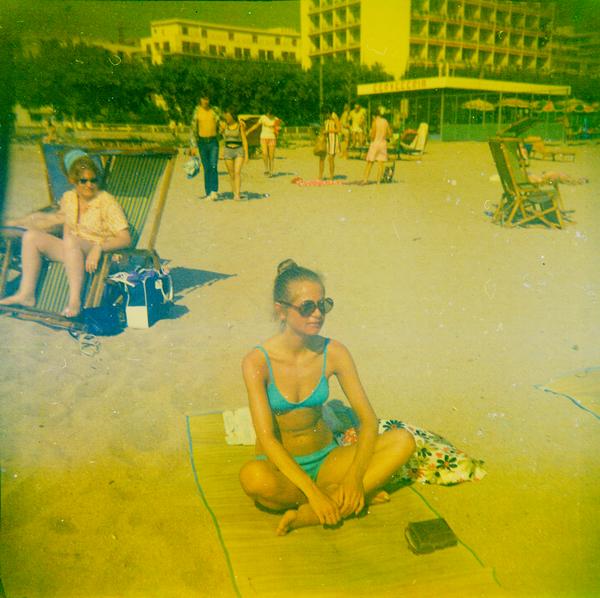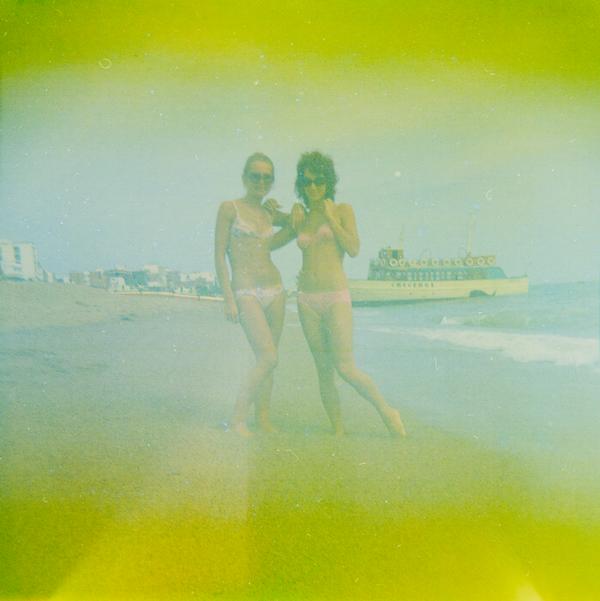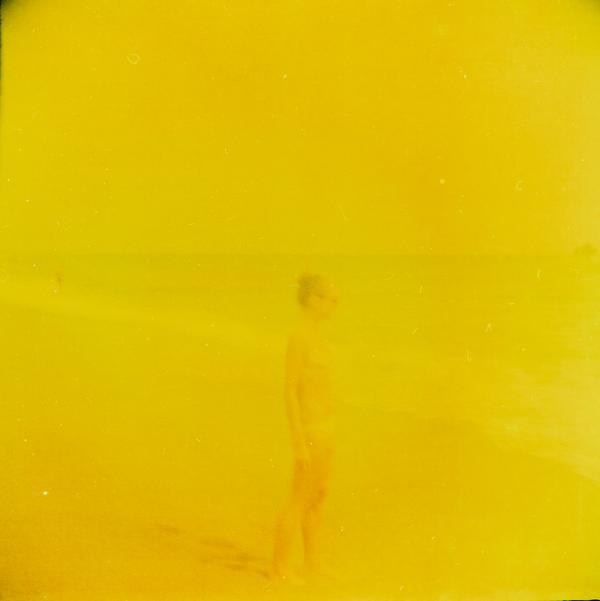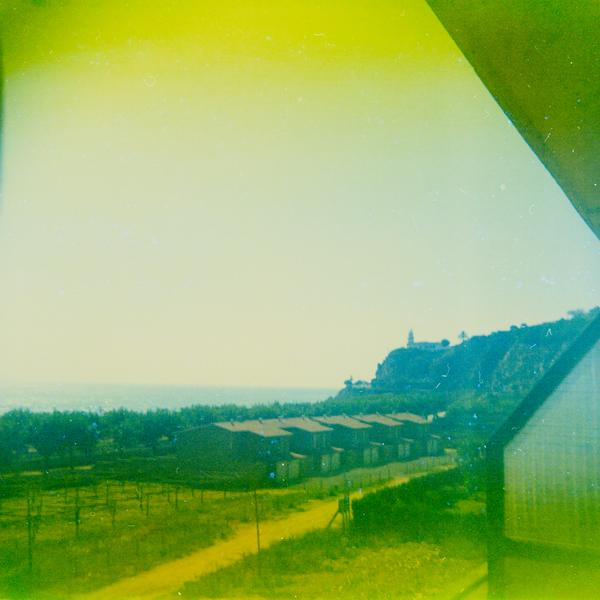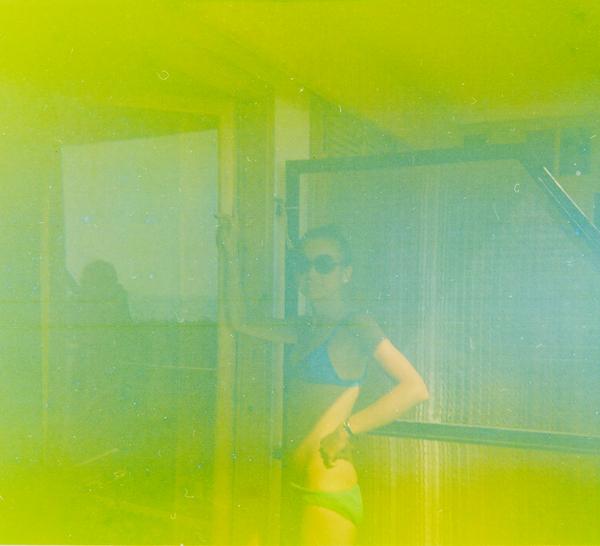Kodak Kodacolor-X (type 120)
Kodak Kodacolor-X film was introduced in roll formats in 1963 and remained in production till 1975, see Photo Memorabilia. Like earlier Kodacolor films it used C-22 process which by 1980s was completely replaced by C-41.
General advice for processing C-22 film nowadays is to develop it as black and white using an active developer like HC-110. It would still be possible to mix C-22 developer from raw chemicals as the formulas are published, but unless you process a lot of C-22 negatives this would not be economical. Alternatively, you can modify C-41 process and try to get some colour from that old negative. Here's a quote from Photo Memorabilia
The following advice is proferred as a 'last resort' possible solution to developing an old C-22 film if no C-22 processing chemistry is available.
The Found Film project in its entirety is the last resort so C-41 seemed like a perfect solution. C-22 uses a different colour developer and runs at much lower temperature of 24 °C compared to 38 °C standard for C-41. An even lower temperature of 20 °C is recommended for cross-processing C-22 film to minimize the risks of damaging soft emulsion. The Tetenal Colortec C-41 kit provides instructions for three temperature regimes: normal 38 °C; alternative at 30 °C; and rapid at 45 °C. Since processing time is logarithmically related to the temperature, the times at 20 °C can be calculated. These were: development for 19 min 15 s; water stop for 1 min; BLIX for 9 min; rinse for 10 min (more is better) and finally stabilize for 1 minute.
The results are promising. I suspect that the second and the third images taken on the beach were badly underexposed. There is something happening at the edges of the film which could be either fogging and natural degradation of the emulsion or processing artefacts.
The film appears to be shot on a holiday in Spain judging by the language of the signs (Cerveceria and Cruceros) and the vines visible in one of the shots. The photographer must be the girl with curly hair. You can see her reflection in the glass door on the last image. The film was not finished and probably remained in the camera till it was discovered by the college students or staff in the 1990s and then stored for another 30 years.
